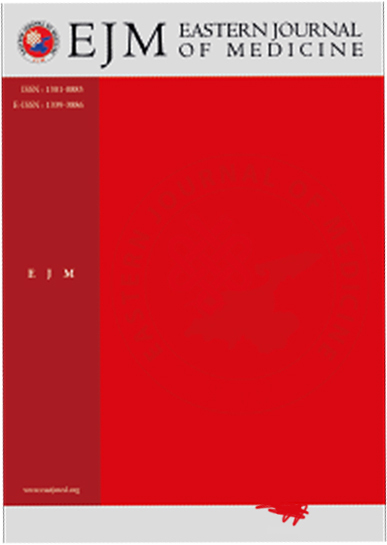Determination of most frequent opportunistic intestinal parasites in children
Sahime İşler1, Yunus Emre Beyhan21Bursa Şevket Yılmaz Eğitim Araştırma Hastanesi2Van Yüzüncü Yıl Üniversitesi, Tıp Fakültesi, Parazitoloji AD.
INTRODUCTION: The aim of this study is to determine the most frequent opportunistic intestinal parasites in children and demonstrate its importance. Study was conducted on patients between the ages 0 and 16 between. The study consisted of a total of 150 children, 66 girls and 84 boys. 44 of the girls and 56 of the boys (100 in total) had diarrhea.
METHODS: Evaluation was done by native-Lugol, flotation in saturated zinc sulfate, and modified acid-fast staining.
RESULTS: Intestinal parasites were detected 38% of 150 examnined stool samples, 41% of those with diarrhea and 32% of those without diarrhea were positive. The highest parasite was detected as Blastocystis hominis (14,7%); and the lowest wereare Ascaris lumbricoides and Hymenolepis nana (0,7%).
DISCUSSION AND CONCLUSION: It was concluded that all children with gastro-intestinal complaints should be evaluated for intestinal parasites, mainly opportunistics, without preliminary screening whether the patient is diarrhea or not.
Manuscript Language: English














